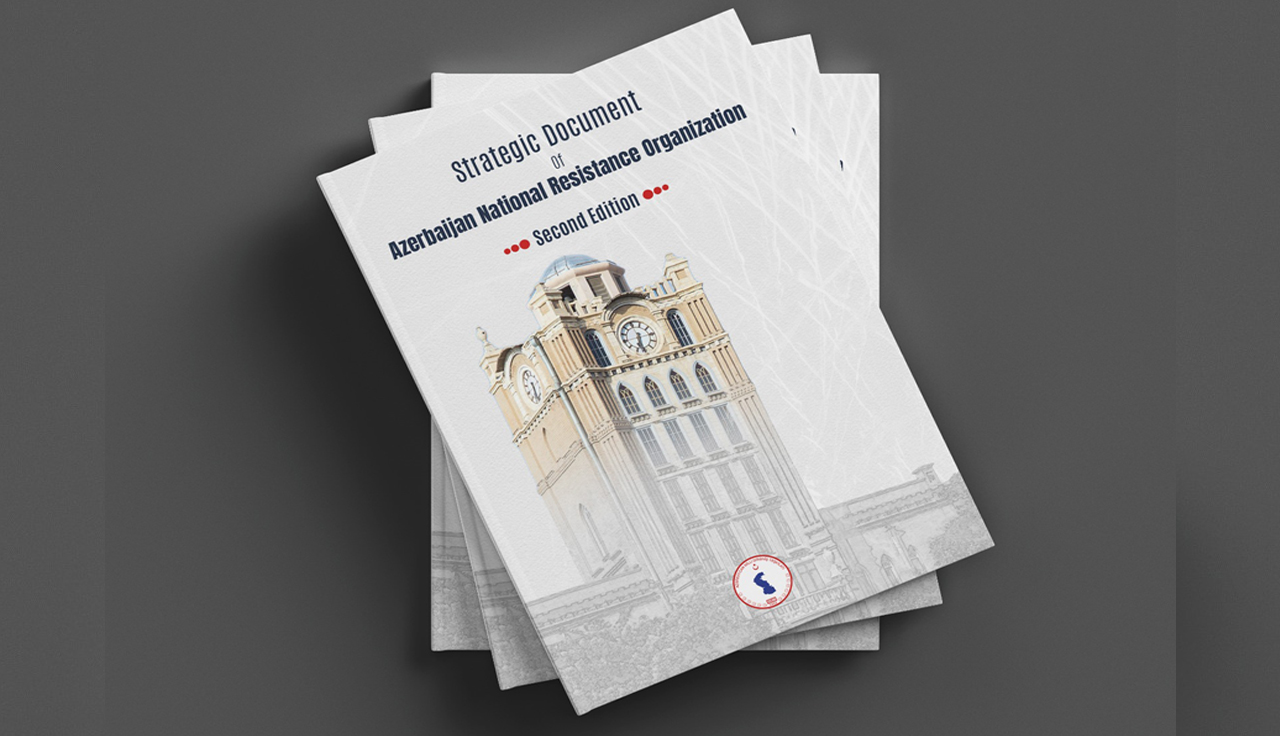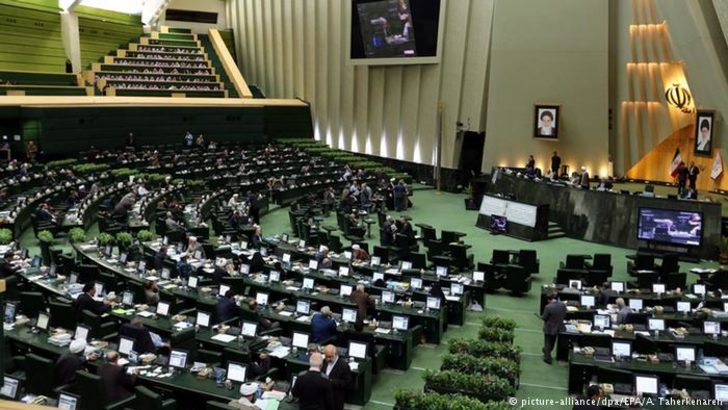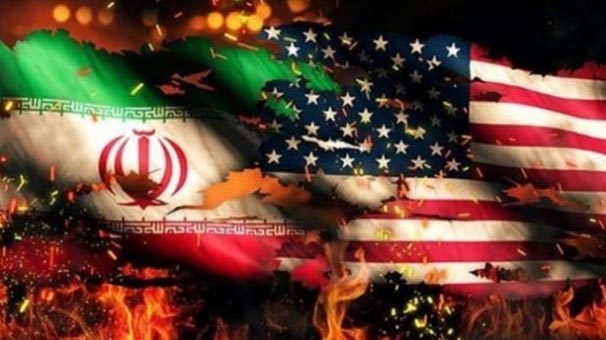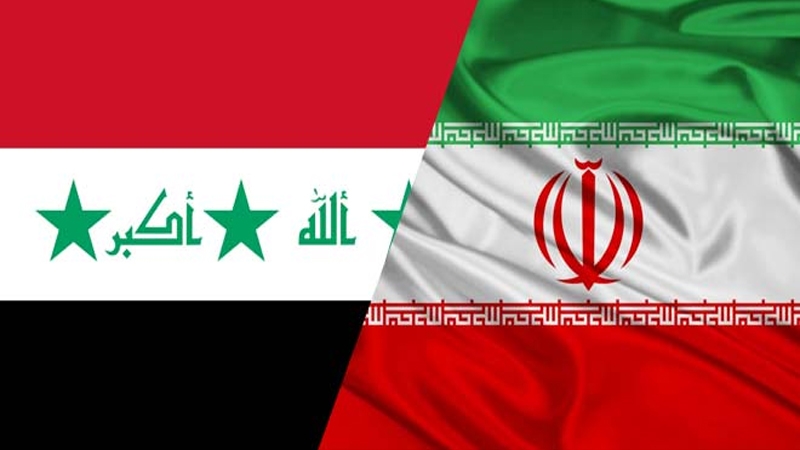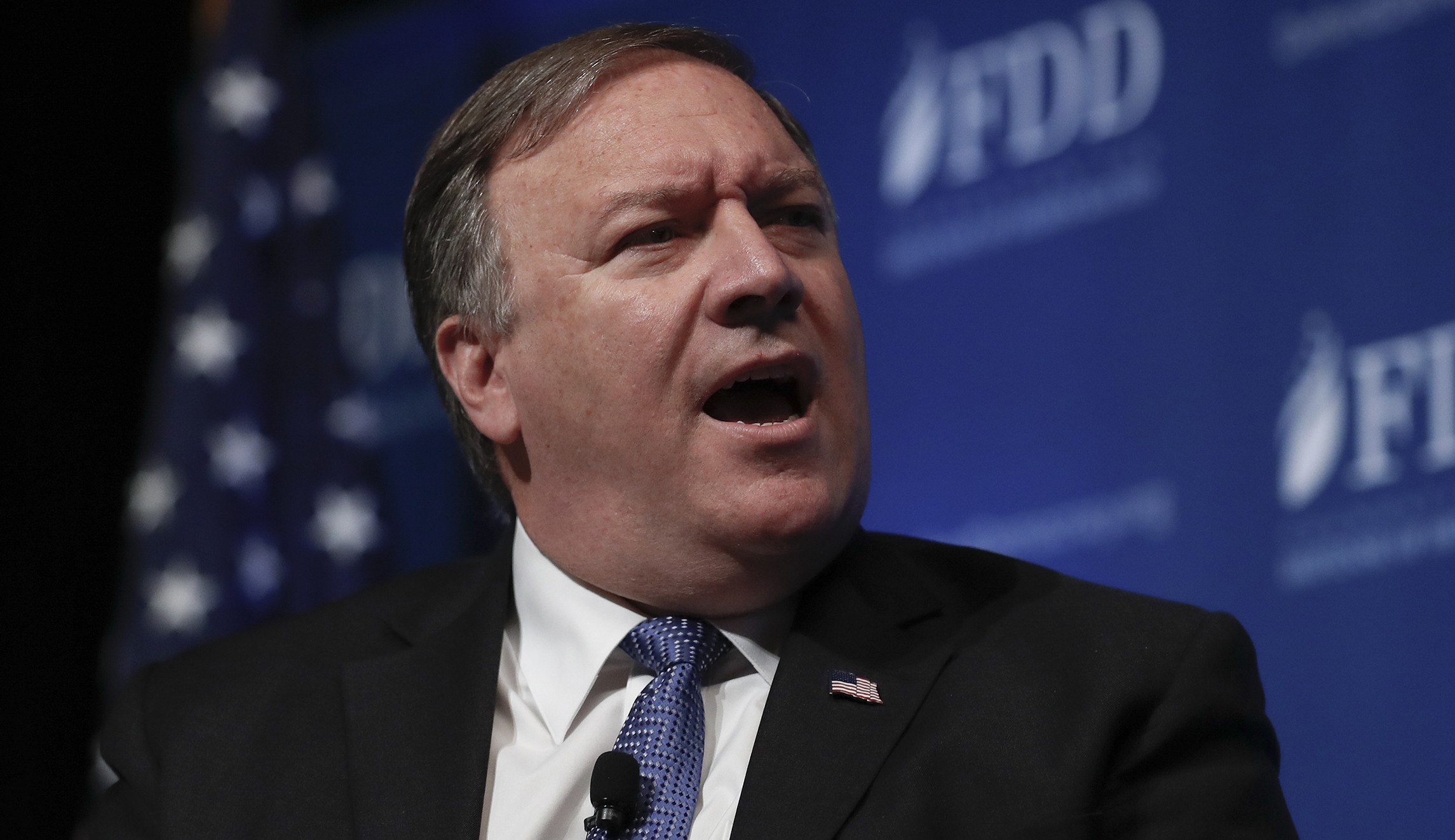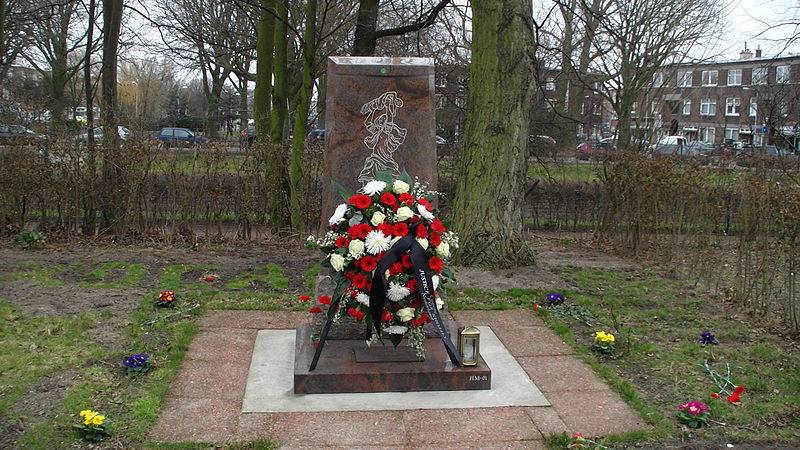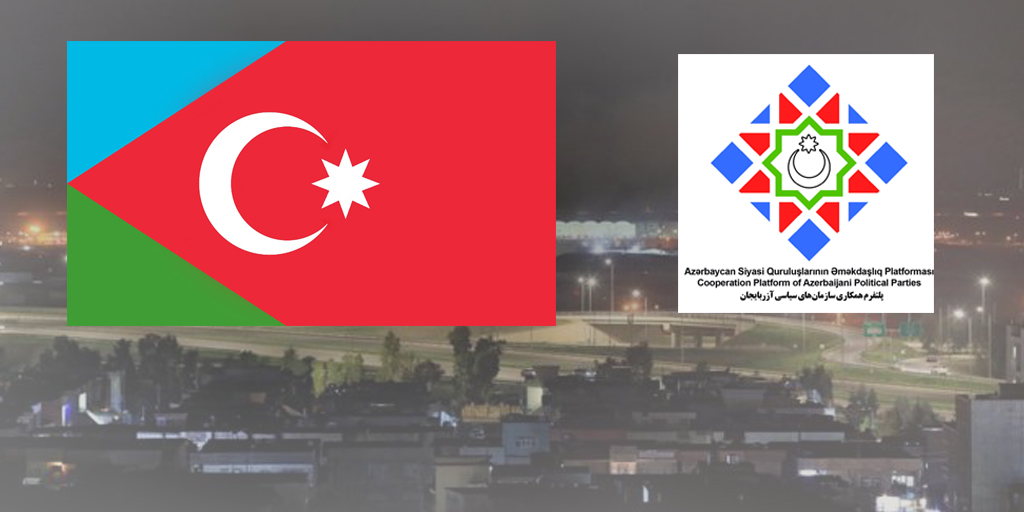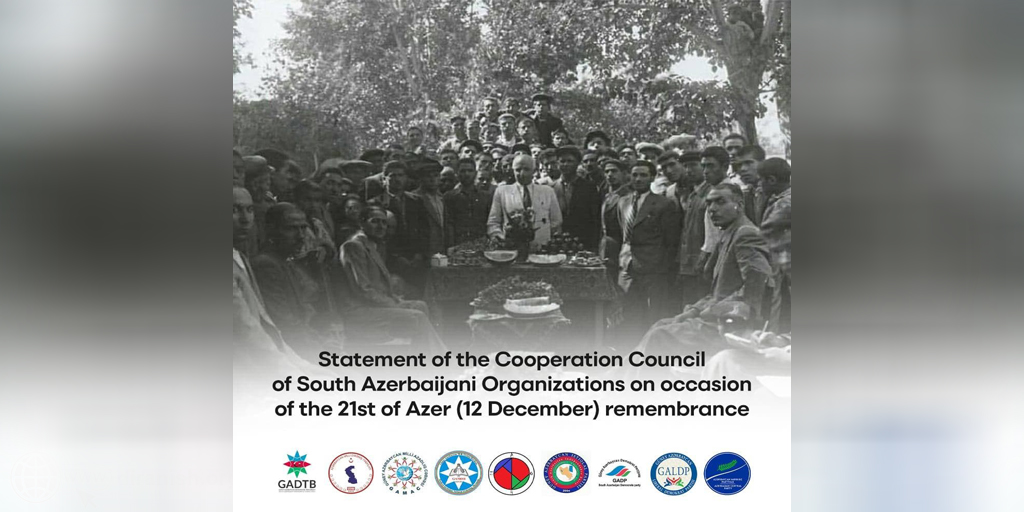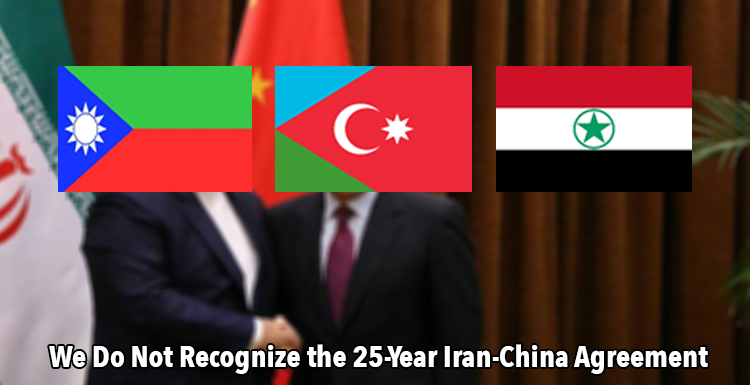Iran’s Assassins Murder Prominent Ahwazi Activist In The Hague
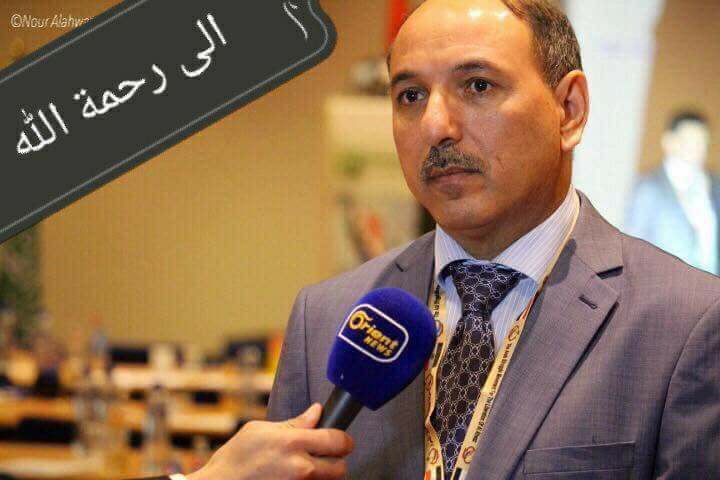
Rahim Hamid is an Ahwazi Arab freelance journalist and human rights advocate who mainly writes about the plight of his people in Iran
The distinguished Ahwazi Arab political activist, Ahmad Mola, was brutally murdered outside his home in the Netherlands on Wednesday. Indications suggest that the killers, who killed him instantly with three shots in the head and twice in the chest, were Iranian regime assassins. Although some reports claim that the killers were apprehended, there has been no official confirmation, with other reports suggesting that they escaped.
Fifty-four-year-old Mola, who is survived by his wife and five children, fled Iran with his family in 2005 in fear for his life and families well-being. His escape was on the heels of a peaceful uprising against the regime over its racist policies towards the Ahwazi Arab peoples. Many of his fellow Ahwazi activists were killed or imprisoned and subsequently executed on fabricated charges such as ‘enmity to God’ for participating in the uprising. Mola was a prominent and widely-respected member of the Ahwazi community who worked tirelessly throughout his life to raise awareness of the plight of the viciously persecuted Ahwazi Arab peoples in Iran. He also campaigned for freedom, democracy, and human rights on their behalf and was one of the original members of the Arab Struggle Movement for the Liberation of Ahwaz (ASMLA).
Although it has not yet been confirmed that the killing was an assassination, the brutal gangland style of the murder is a trademark of the Iranian regime, which has had many dissidents in exile assassinated in the same way since first coming to power in 1979. Mola’s family said that he had received regular death threats from the regime, which routinely attempts to silence dissent both inside and outside Iran by killing dissidents or terrorizing them into silence.
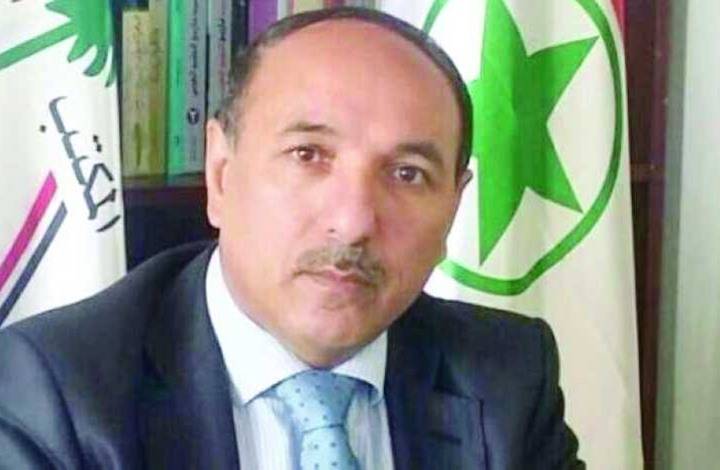
The distinguished Ahwazi Arab political activist, Ahmad Mola
In addition to using its customary methods of lethal torture and execution by various means, including poison and hanging, domestically, the regime also has a network of operatives who carry out assassinations of dissidents regionally and internationally. Amongst the prominent Ahwazi dissidents in exile previously targeted across the Middle East was the then-leader of the Ahwaz Liberation Party who was assassinated at the movement’s office in Baghdad on May 3, 1991. There was also an unsuccessful assassination attempt on his successor in the United Arab Emirates in 1998, while another prominent Ahwazi dissident, Doayer Bostan, was assassinated in 2006 in Iraq.
In Europe too, the regime has carried out numerous assassinations of dissidents, with today’s slaying of Ahmad Mola being only the latest of a grim catalog of murders by Tehran’s thugs. Among these were the assassination of the Secretary-General of the Kurdish Democratic Party of Iran (KDPI), Abdul Rahman Ghassemlou, and other party members in a mass shooting in Vienna in 1989. One of the survivors of that murderous attack was Sadegh Sharafkandi, who subsequently took over the KDPI Secretary General’s post; he was in turn assassinated along with his aides, Fattah Abdouli, Humayun Ardalan, and Nouri Dekurdi, at the Mykonos Restaurant in Berlin on September 17, 1992.
Ever since the foundation of modern Iran, the ruling class in Tehran has used different methods to maintain their power – both generally and in the oppression of ethnic and religious minorities in particular.
Assassination has long been a standard method of the Iranian regime to silence dissent, especially when dissidents or opposition figures demand political transparency, free speech or human rights for deprived minorities.
In addition to assassinations, it is common practice for the regime to cruelly apply physical violence against individual dissidents–all done with the aim of terrorizing them into silence preserving their power over minority groups questioning the legitimacy of the regime. As such, the purpose of political assassinations by the Iranian regime is not to directly harm the individual victim, but rather, to instill fear-based control over the section of society that refuses to submit itself to the regime
It’s important to note that blame cannot be placed solely on one specific group or sect when it comes to identifying the culprits responsible for assassinations of Iranian dissidents. Such a myopic focus may actually prevent the proper identification of future perpetrators.
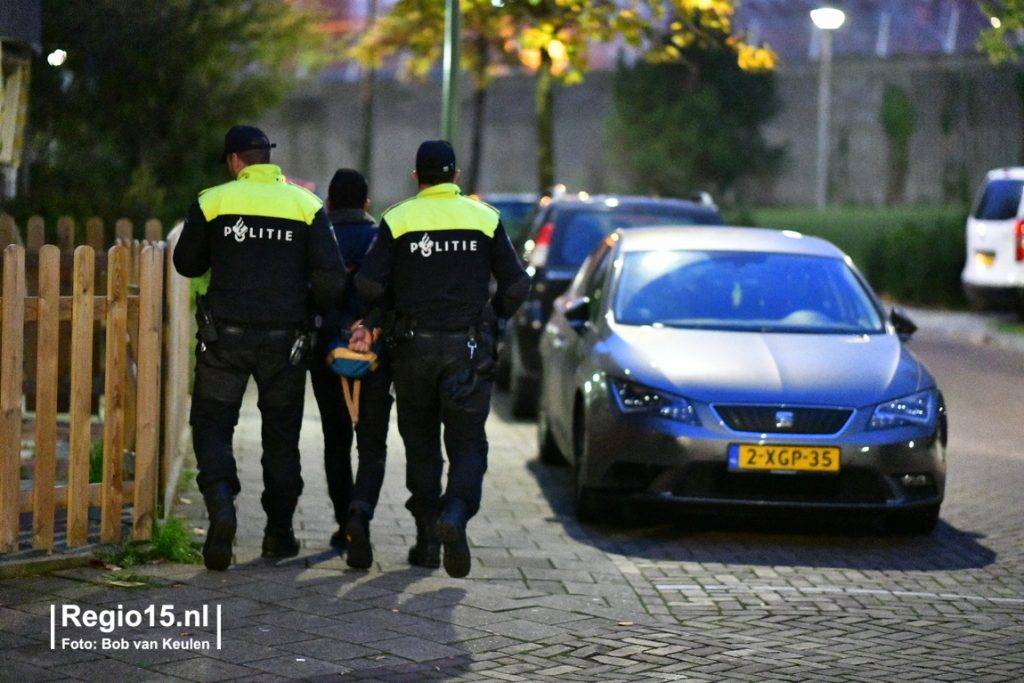
The Iranian regime selects killers solely for pragmatic reasons, so the killers could be anyone. Having said this, the regime has relied heavily on its regional proxies in Hezbollah and other groups to carry out such missions. It also adjusts both its methods and choice of assassins, according to the political and social criteria and situation, both domestically and internationally. This is to say that the perpetrators of regime-sanctioned assassinations are determined according to the needs of the regime in time and place.
In 2014, Iranian intelligence minister Mahmoud Alavi admitted to using his overseas ministry to carry out assassinations against figures opposing the regime who live beyond Iran’s borders. In a statement published by the judicial authority’s main news site, Alavi confirmed that the assassinations included the killing of the leader of Jaysh al-Nasr, Abdel-Rauf Righi, along with his nephew, and others living in Pakistan.
In January 2013, a report from the Pentagon revealed that Washington had received new information confirming that Iranian intelligence services have an active network of tens of thousands of intelligence agents planning assassinations around the world to suppress dissidents. The Pentagon further stated that the secret services of the Iranian intelligence were deemed to have the largest and most aggressive operations worldwide in terms of assassinations, terrorist bombings, and cyber-warfare.
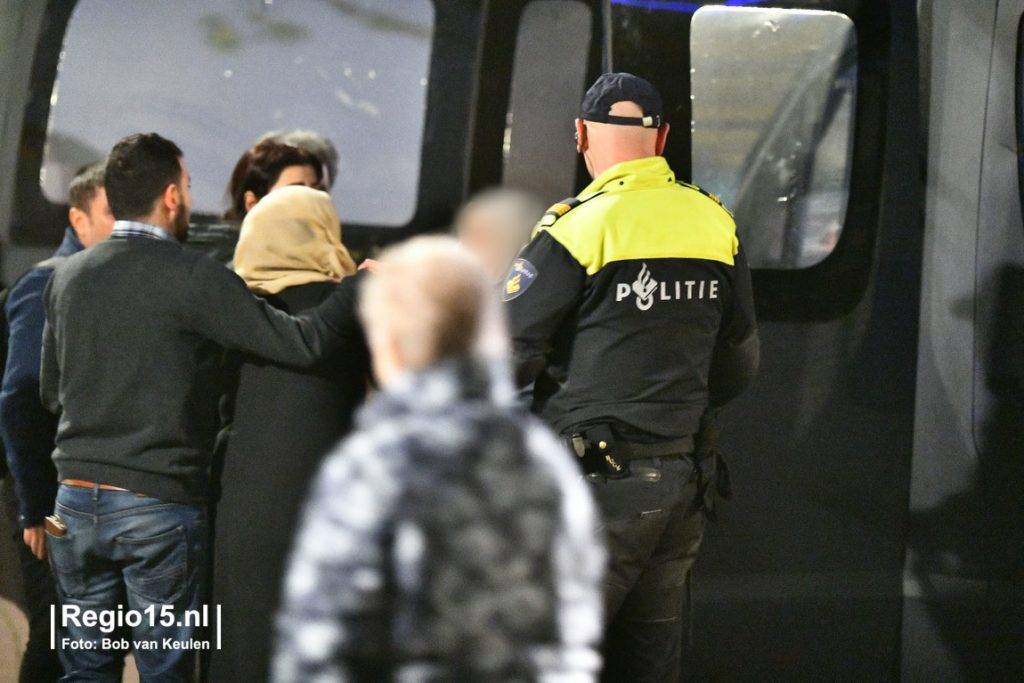
As well as the cases mentioned earlier, these assassinations against Iranian dissidents and opposition members have also included figures as diverse as Shahbour Bakhtiar, Iran’s last prime minister under the Shah, and Iranian artist Fereydoun Farrokhzad. These are only a very few of many dissidents killed by the Iranian regime abroad.
In general, political assassinations are more likely to [be carried out by] countries that suffer from an amalgamation of restrictions on political competition, strong polarization, and governmental fragmentation. More specifically, countries that lack consensual political culture and ethnic homogeneity tend to see their populations lose faith in political leaders and governmental systems due to their inability to cohesively address the needs of disenfranchised people’s. This leads to an increased likelihood of direct attacks against political leaders as well as targeting of those who oppose the regime.
When regimes such as Iran use assassination as a tool to silence dissent, and such murderous methods are largely met with a lack of condemnation from the international community, these regimes take this as tacit approval giving them carte blanche to continue their slaughter.
It is imperative that international human rights organizations and governments not only condemn these regimes’ methods with their words but also with real, decisive actions. Otherwise, the cycle of killings will not only continue but escalate worldwide.


